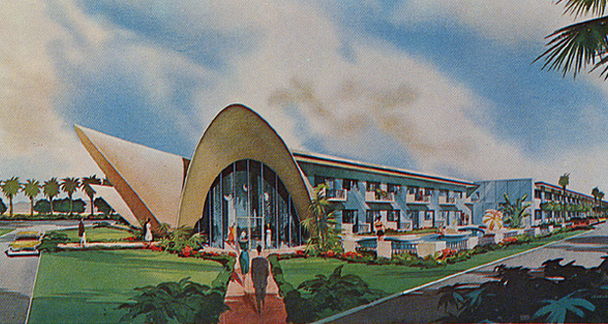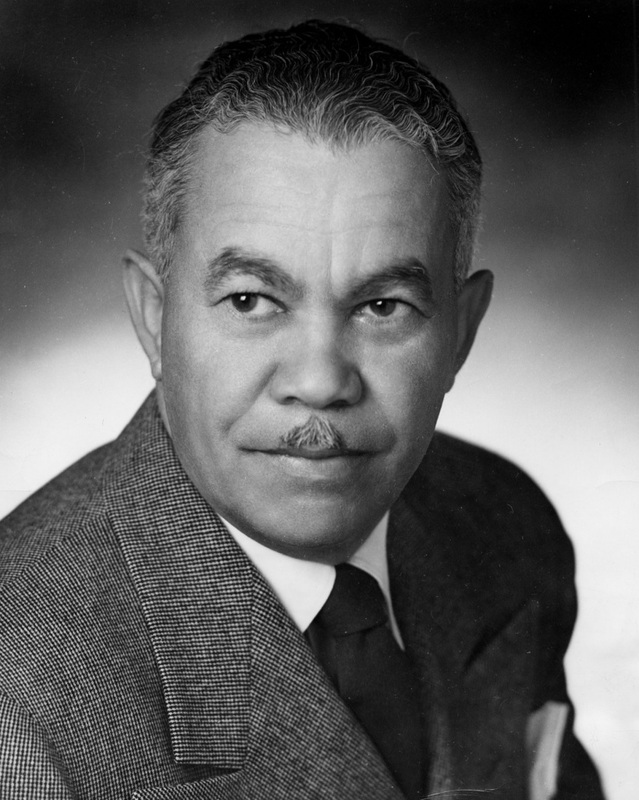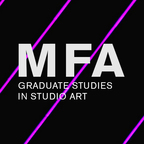| Paul Revere Williams Photo: Courtesy of the Los Angeles Public Library/Herald Examiner Collection. Above: La Concha postcard. PDT collection | Las Vegas is just the Strip to many, but the role of public art can find connections that extend beyond the obvious markers. In the last few years, while doing research on public art, I looked for content that would make an interesting mural to create. Architect Paul Revere Williams is a good starting point for a mural design that ties in with the West, public space on the Strip, a building adapted for reuse, and make a broader connect to the region. In January, I had a few discussions and meetings with different parties to see how this could work. I will track this as things progress -- or stall. Williams is well documented, and what seems to be the constant lede is him being the first African-American to be a member of the American Institute of Architects (AIA), and how taught himself to draft upside down -- in case a white client was uncomfortable sitting next to him at a table. That gave Williams, born in downtown Los Angeles in 1894, the ability to render without having to pause to shift papers during a meeting. Williams went on to make his mark as a high profile mark as a favored architect to Hollywood celebrities, and was even more prolific with commercial buildings. In Las Vegas, Williams is known is known for designing the La Concha Motel, built in 1961. The Google-arched “building-as-sign” lobby that was saved from becoming Las Vegas scrap and moved few miles north. It's now the visitor center for the Neon Museum, and makes a grand entry way for the Neon Boneyard. The sweeping modernist lines of La Concha mirror the LAX Jet Age Theme Building, which Williams designed with Pereira & Luckman Associates, and Welton Becket & Associates, also completed in 1961. No doubt, that lobby will be a topic at the upcoming lecture by Leslie Luebbers, director for the Paul R. Williams Project and the Art Museum of the University of Memphis in Memphis, Tenn. Her visit and talk is presented by the Neon Museum and will be held at the Marjorie Barrick Museum at UNLV February 6. Also in Williams’ Southern Nevada portfolio was Victory Village and Carver Park. Completed in 1943, it housed workers of Basic Magnesium Inc., (BMI). "Black families could only move into Carver Park," said Mark Hall-Patton, administrator for Clark County Museums, who has maps of both sites framed together. "But Carver Park wasn’t segregated. It wasn’t just for black residents." “Envisioning homes that were comfortable, functional and defined by his love of California flavor, the Basic Townsite was conceived as a company town,” according to the Henderson Historical Society. BMI townsite was later incorporated as Henderson, and is the second largest city in Nevada. Only a few slabs of Carver Park foundation concrete remain. This supplemental PTD project is tagged "mural manufacturing." It may never be installed as a public art piece, but will make for a great graphic for a midsummer nights post. EXTRA: La Concha Panorama [Las Vegas Sun] |
Worth exploring
- Casinos Not On Gamstop
- Casinos Not On Gamstop
- Mejores Casinos Online
- Non Gamstop Casino
- Online Casinos UK
- Non Gamstop Casino Sites UK
- Sites Not On Gamstop
- Best Online Casino Canada
- Non Gamstop Casinos
- オンラインカジノ
- Non Gamstop Casino
- Mejores Casas De Apuestas Deportivas
- Non Gamstop Casinos UK
- Siti Scommesse
- Siti Per Scommesse
- Lista Casino Online Non Aams
- Casino En Ligne Fiable
- Casinos Not On Gamstop
- UK Online Casinos Not On Gamstop
- UK Online Casinos Not On Gamstop
- Gambling Sites Not On Gamstop
- Meilleur Casino En Ligne
- Non Gamstop Casino
- Migliore Casino Non Aams
- Casino Online
- Casino En Ligne Belgique Liste
- Crazy Time Live Bonus
- Top Nhà Cái Uy Tín
- зарубежные казино
|
|
TAGS
All
ARCHIVES
May 2016
|



 RSS Feed
RSS Feed

